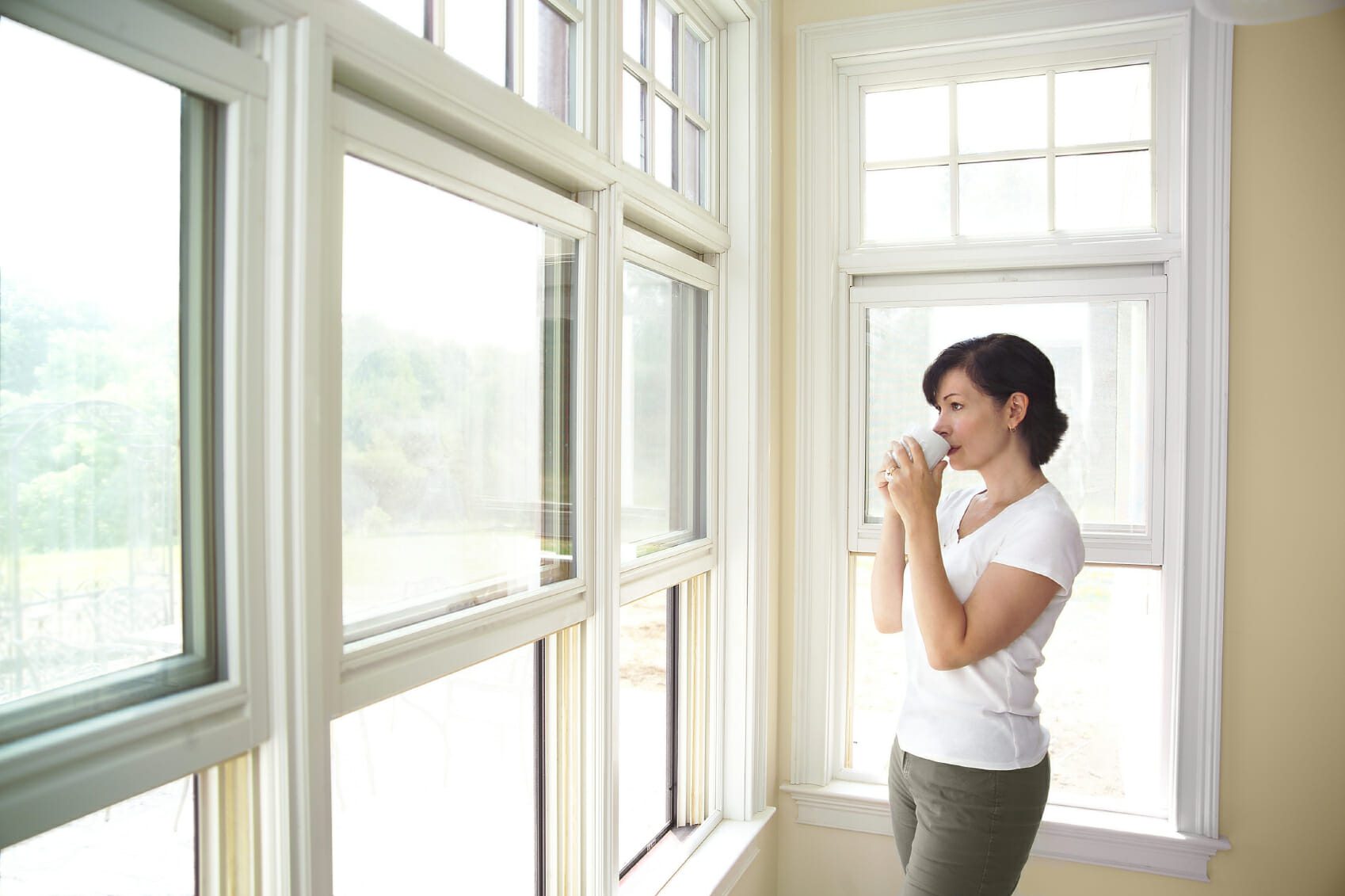

New A/C and Seeing Mold On Registers – Help!
“I need some help! I live in Southwest Florida, the home is 2300 sq ft, concrete block construction, built in 1997 as a built smart home under Florida power and light guidelines. In July I had new A/C unit installed, Trane 4 ton 16XLI with a two-speed air handler. Now I am seeing mold on the registers and on the ceiling around the registers. The humidity in the house runs between 60 to 77% with the thermostat set at 78 degrees and humidity set at 60%. If I set the humidity lower than 60% , the A/C takes the temperature down to 72 degrees which is too cold.”
It is tempting to quickly agree with your idea of using a dehumidifier, but first, a couple points to make sure your a/c working properly.
During peak cooling loads, your a/c should be able to maintain <50%RH.
Yes, during cool wet weather when the a/c is short cycling or not running and the outdoor dew point is +55^F, you need a whole house dehumidifier to maintain <50%RH.
Adding a dehumidifier before you correct the way your a/c operates is a big mistake that will cost you extra energy to cause the dehu to make-up for a basic flaw in your a/c functions.
This is a job for a good tech who knows his stuff.
1. Your a/c coil temperature must be lower than the desired dew point in the home. At 78^F, 50%RH the dew point of the air in the home is 56^F.
Consider that outside air dew point most of the U.S. is 75^F. All homes need some fresh air to be healthy. I assume you have 100 cfm of fresh air infiltration which is minimum to purge indoor pollutants. 100 cfm of fresh air needs 4 lbs. of moisture removed per hour. Also, occupants add .5 lbs. of moisture per hour per occupant.
Typically, removing 6 lbs. of moisture per hour will keep a home <f your 4 ton a/c cooling coil is <50^F for one hour removes, 10 lbs. per hour. The amount of air flowing over your cooling coil and the a/c cooling capacity determines the coil temperature. More air flow results in a warmer coil and less moisture removed. Slow the air flow to get to <50%RH. Now the a/c is doing its part to remove moisture. You should be able to collect 10 lbs. condensate per hour from your a/c.
2. Also important is that your a/c blower is not blowing air over the wet coil during the off cycle.
“On” blower evaporates the 4 lbs. of residual condensate that is on the coil at the end of the cooling cycle.
3.The last issue is the amount of fresh air infiltrating your home.
If you ducts leak or you have massive air leaks which cause large amounts of high outdoor dew point air to enter your home, the a/c or dehumidifier will be unable to maintain <50%RH. The quickest way to check air leakage is collecting the condensate from your a/c. If your a/c is removing 10lbs. of condensate per hour and your %RH is +50%, you have excess air leakage or abnormal internal moisture loads.
Removing 10 lbs. of moisture per hour will maintain <50%RH with 4 occupants and up to 200 cfm of infiltration/ventilation.
Tightening the ducts/building leakage could be big. On the other hand, many air tight homes do not get enough fresh air during calm weather. They need 100 cfm of make-up air to purge indoor pollutants and renewing oxygen when occupied. Again measuring the amount of condensate your a/c removes will indicate the amount of outside air infiltrating your home.
After all that you will need a whole house dehumidifier to maintain <50%RH during low/no cooling loads and +55^F outdoor dew points.
Pass this along to your tech. He will understand the issues. Proper install of the dehumidifier is also important.
Published on Dec 05 2014
Last Updated on Jan 14 2020